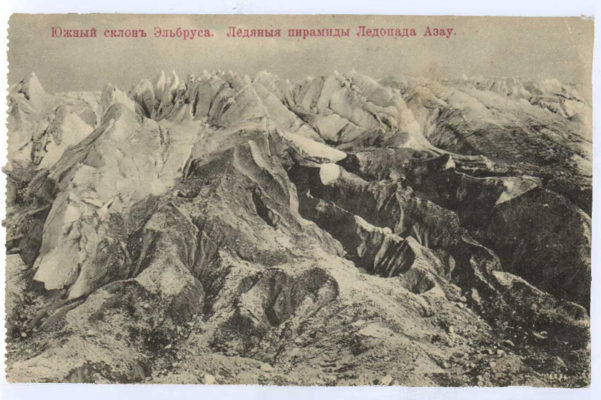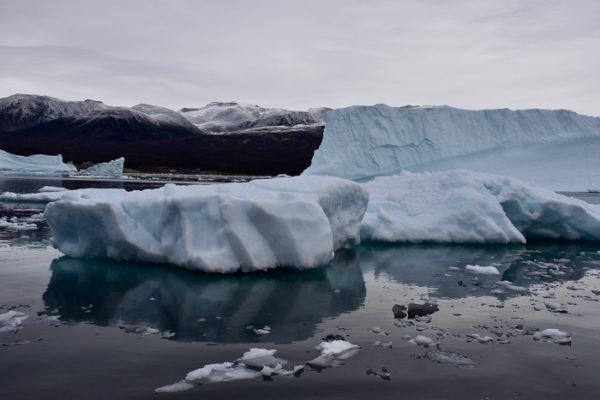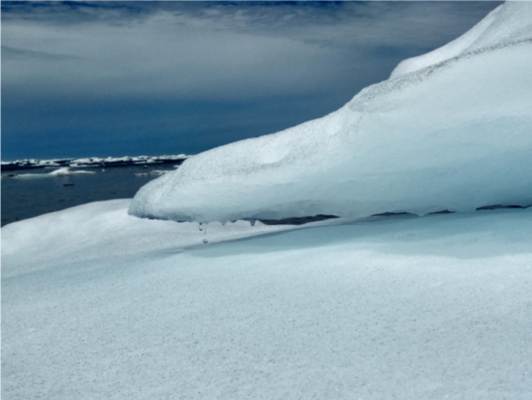Central Chile has been facing a long dry period since 2010, marked by a high mean precipitation deficit, a so-called Mega Drought (MD) (Garreaud et al., 2019). This, besides long-term temperature increase (Burger et al., 2018; Falvey & Garreaud, 2009), has affected negatively the glaciers’ mass balance in the region mainly due to low snow accumulation throughout a hydrological year (which is f ...[Read More]
Massive melting of Caucasus glaciers
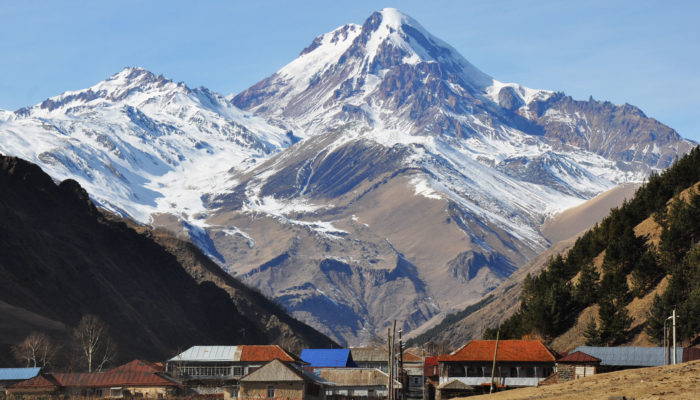
The Caucasus is one of the most studied glacierized regions in the world (see previous Cryoblogs on Caucasus glaciers here and here). In this week’s blog, Levan Tielidze tells us about the health of the Greater Caucasus glaciers. His first study published this year indicates that the rate of decline in glacier extent between 2000 and 2020 in the Greater Caucasus is four times higher than it was be ...[Read More]
Time & space of glaciers
People usually perceive space and time, comparing them to their own life Words such as “forever” and “until the end” appear in fiction But how can we imagine the space and time of the mountain glaciers whose existence goes beyond our usual perception? And why is it so important for us now? With this post, researcher Alexandra Rogozhina shares her thoughts on these suggestive topics. Mostly, ...[Read More]
A place called home?
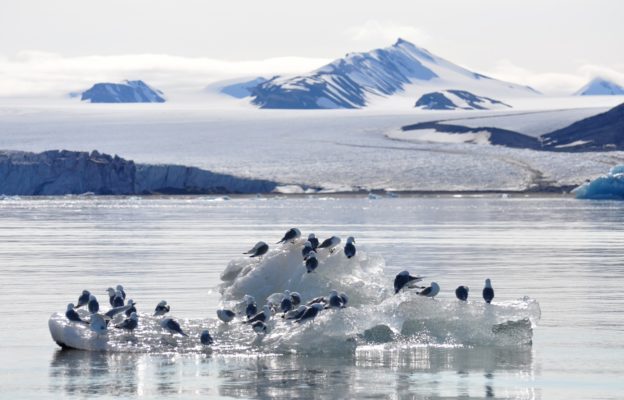
Welcome to Kongsfjorden in Svalbard. The front of the glaciers terminating into the sea is an ecological hotspot, home to many marine animals, like kittiwakes, who love to hunt here. They feed on small fish and shrimp, which at marine-terminating glacier fronts are brought to the surface by upwelling glacial meltwater. Retreating glaciers lose their contact with the ocean As the planet warms these ...[Read More]
Climate change and cryosphere – A wetter future for the Arctic

The latest climate models show that Arctic precipitation is changing more rapidly than previously projected with an earlier transition to a rainfall-dominated precipitation. This rapid change in precipitation will have huge implications for the Arctic ecosystem as well as those who live within the region. Arctic precipitation change, why is it so important? The rapid change in Arctic climate, from ...[Read More]
Did you know… Arctic lightning strikes are on the rise?
When we think of lightning, it is often accompanied by warm summer nights, tropical storms and a sticky feeling when we try to sleep. However, lightning also happens in the cold Arctic, and is even increasing in frequency. But how and why? And why does that matter? What is lightning? Lightning is caused by a difference in electrical charge between the cloud and the air, nearby clouds, or the groun ...[Read More]
Climate Change & the Cryosphere: Fjord sediments reveal how melting ice impact the marine ecosystem
It is scary how fast the Greenland Ice Sheet is melting and how much freshwater it is discharging to the coastal areas around Greenland. This freshening is having a serious impact to coastal marine primary production, which is the foundation of the Arctic marine food web. Now, because of increased melting and freshwater discharge, we need to understand how coastal ecosystems will react. How will A ...[Read More]
The Polar Amplifier
It’s no secret that the Arctic is warming faster than the rest of the planet, but why? Polar Amplification (often called Arctic Amplification) is the mechanism at play. In this week’s blog, we find out about its origins and why it happens. Early Discoveries In 1969, Russian scientist Mikhail Budyko and US scientist William Sellers discovered independently that the increase in greenhouse gases comb ...[Read More]
The EverDrill project: shedding light on the interior of a Himalayan debris-covered glacier
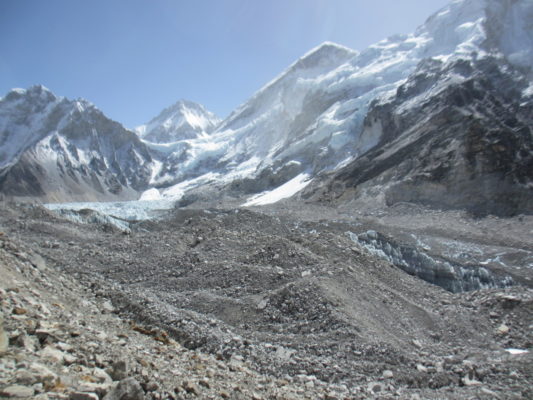
We know that glaciers are actively responding to climate change, but what is happening on the inside? The conditions within a glacier strongly influence its behaviour, but the deep and dark depths of a glacier are difficult to access – we know very little about this remote environment. The EverDrill project (2016 – 2019), funded by the UK Natural Environment Research Council, aimed to fill this kn ...[Read More]
Will the ice break out? – a story from the farthest north ice trails
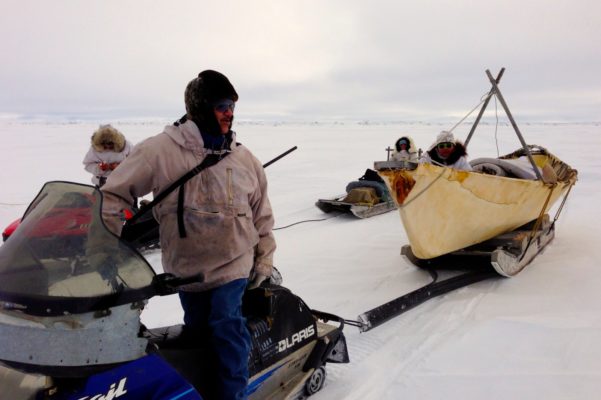
"For over two decades, the sea ice group at the University of Alaska has worked with the community of Utqiaġvik, establishing an integrated observing network. This network includes local observations, a coastal radar system to monitor ice conditions, an in-situ mass balance site monitoring environmental change such as ice growth and snow cover, and the mapping of community sea ice trails." In thi ...[Read More]


